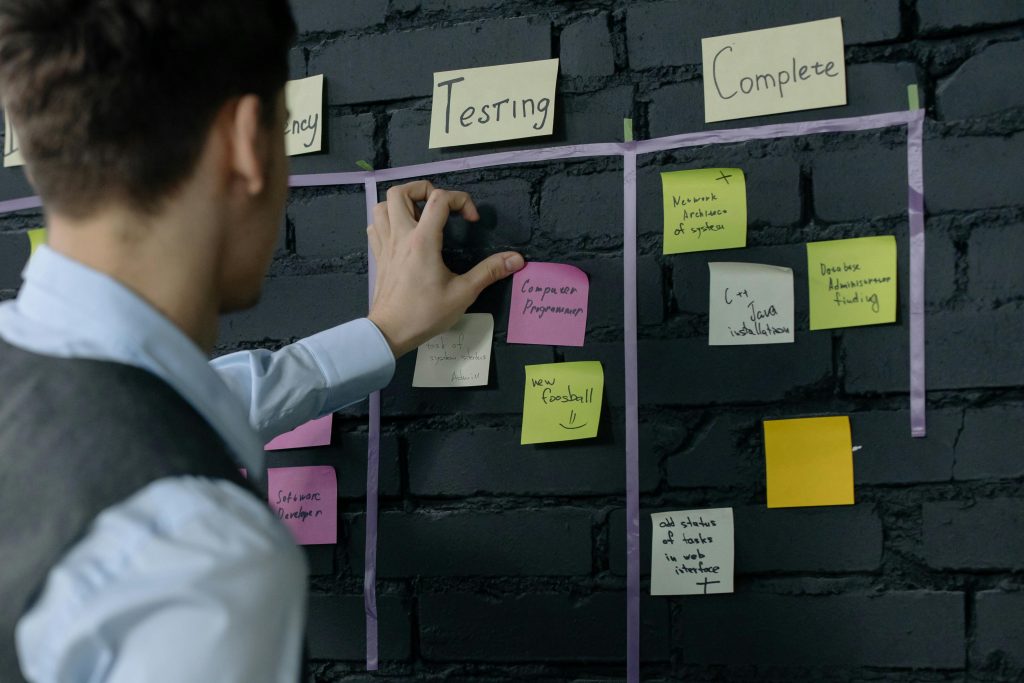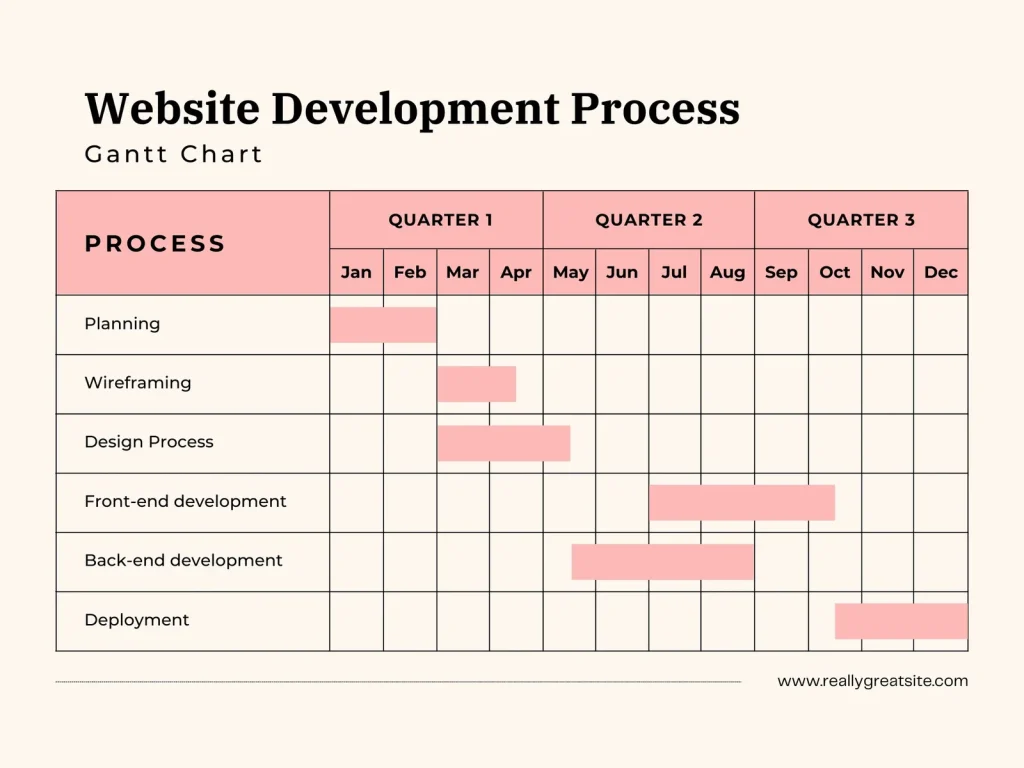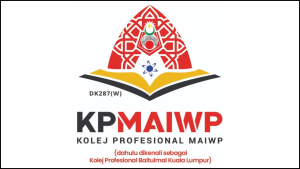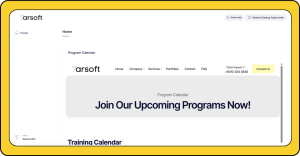Effectively handling client requirements is crucial for the success of any project. Clear communication, proper documentation, and a structured approach can help bridge the gap between client expectations and project deliverables. This blog covers practical strategies and steps to ensure the process is seamless and efficient.
1. Clear Communication
- Actively listen to understand the client’s needs and concerns: Listening carefully ensures that you capture the client’s requirements accurately. Use open-ended questions and take notes to avoid missing critical details.
- Ask specific questions to eliminate uncertainty: Clarifying requirements through targeted questions helps prevent misunderstandings. This also demonstrates professionalism and ensures the final deliverable meets expectations.
- Summarize discussions with clients at the end of the meeting to confirm understanding: Recapping key points confirms alignment between you and the client. This practice reduces the chances of miscommunication and serves as a reference for future decisions.

2. Setting Expectations
- Provide timelines, deliverables, and limitations: Clearly outline the project’s scope, deadlines, and potential challenges. Ensure that clients understand what will be delivered and any limitations that may arise.
- Use a project roadmap to visualize key milestones, for example, Gantt Chart: A structured timeline helps both the development team and clients track progress. Consider using tools like Gantt Charts or Kanban Boards to break the project into manageable phases, such as planning, development, testing, and deployment.


3. Prioritizing Requirements
- Prioritize features by categorizing them based on their level of priority: Break down project requirements into different priority levels, such as:
- Must-have – Essential features required for the core functionality.
- Should-have – Important features that enhance usability but can be added later.
- Nice-to-have – Additional features that can be implemented in future updates.
- Collaborate with stakeholders to align priorities and set the timeline.
- Engage clients, developers, and designers to ensure everyone agrees on feature importance. Regular meetings and feedback loops help set a realistic timeline and ensure smooth execution.
4. Conducting Regular Follow-Up
- Schedule frequent updates with the client, using the 10/24/7 method.
- 10 minutes after the meeting, list all the requirements and confirm it with the client.
- 24 hours after the meeting, update clients on ongoing tasks.
- 7 days after the meeting, update progress of the project to the client.
- Share progress reports and adjust plans as needed, request meeting if the requirement needed from the client is unclear.





